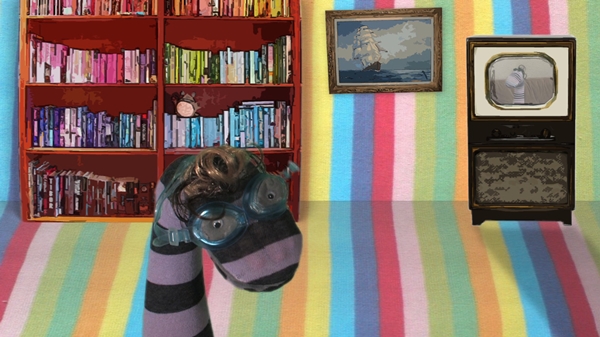Forget fancy tech and expensive resources! Sometimes, the simplest tools can be the most effective in the ESL classroom. Sock puppets, those humble creations born from mismatched socks and a sprinkle of creativity, offer a world of possibilities for entertaining, teaching, and motivating your students.
Why Sock Puppets?
- Boost Confidence: Shy students often find it easier to speak through a puppet, lowering their inhibitions and encouraging participation.
- Spark Creativity: Puppetry unleashes imagination and allows students to express themselves in a fun and engaging way.
- Enhance Language Skills: From practicing dialogue and pronunciation to exploring storytelling and role-play, puppets provide a versatile platform for language development.
- Increase Engagement: Puppets capture attention and create a playful atmosphere, making learning more enjoyable and memorable.
- Develop Social Skills: Puppetry encourages collaboration, communication, and turn-taking, fostering valuable social skills.
Puppet Activities for the ESL Classroom
-
Introduce Yourself: Have students create puppets and use them to introduce themselves, sharing their hobbies, interests, and aspirations.
-
Dialogue Practice: Pair students and assign them different scenarios (ordering food, asking for directions, making a doctor’s appointment) to practice with their puppets.
-
Storytelling: Use puppets to tell stories, retell familiar tales, or create original narratives. Encourage students to use different voices and expressions for their characters.
-
Role-Play: Bring dialogues and scenarios to life through puppet shows. Students can act out situations from everyday life, historical events, or literary works.
-
Puppet Interviews: Have students interview each other’s puppets, asking questions about their personalities, experiences, and opinions.
-
Sing-alongs: Use puppets to lead sing-alongs, teaching vocabulary, pronunciation, and rhythm through songs and rhymes.
-
Grammar Games: Create puppets representing different grammatical concepts (verb tenses, parts of speech) and use them in interactive games and activities.
Famous Sock Puppet Inspiration:
- Lamb Chop: This beloved puppet, created by Shari Lewis, entertained generations with her wit and charm.
- Sooty: A mischievous yellow bear from the UK, Sooty has been a children’s television favorite for decades.
- Sesame Street: This iconic children’s show features a variety of sock puppets, including Ernie and Bert, who teach valuable life lessons and language skills.
Tips for Puppet Success:
- Simple is Best: Encourage students to use readily available materials to create their puppets.
- Character Development: Help students develop unique personalities and voices for their puppets.
- Clear Objectives: Align puppet activities with specific learning objectives.
- Provide Feedback: Offer constructive feedback on students’ language use and puppetry skills.
- Embrace the Fun: Let loose, be playful, and enjoy the creative energy that puppets bring to the classroom!
Sock puppets offer a simple yet powerful way to transform your ESL classroom into a world of imagination and engagement. So, grab some socks, unleash your creativity, and let the puppet magic unfold!



